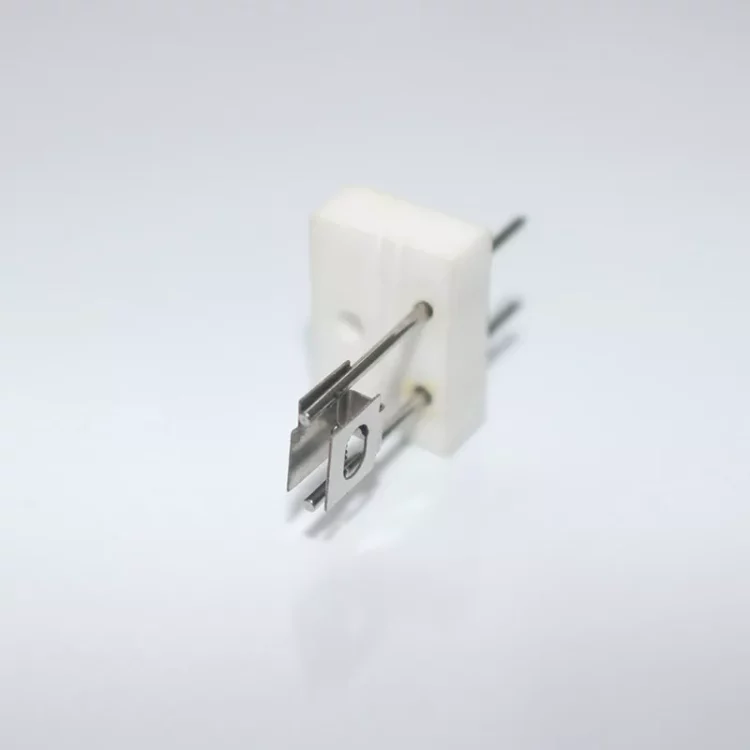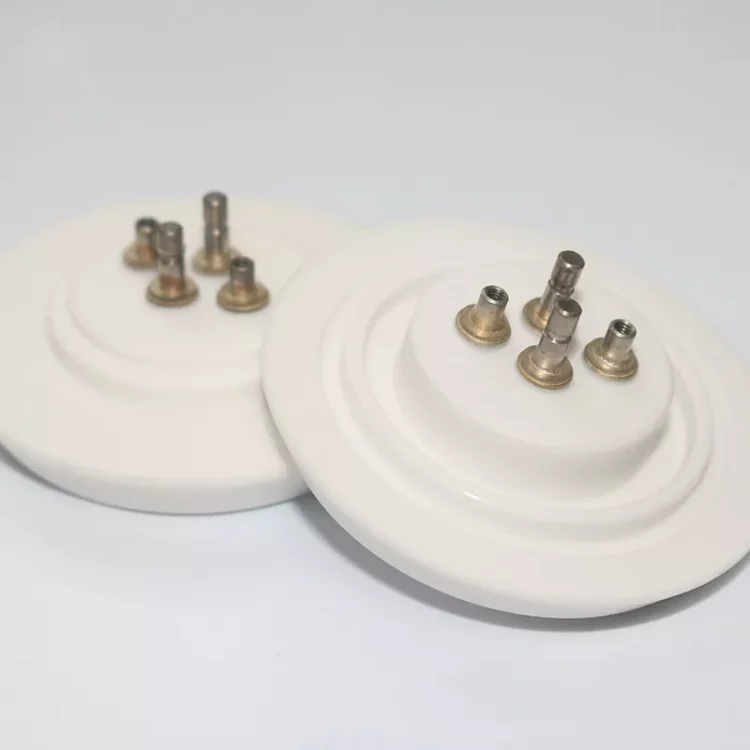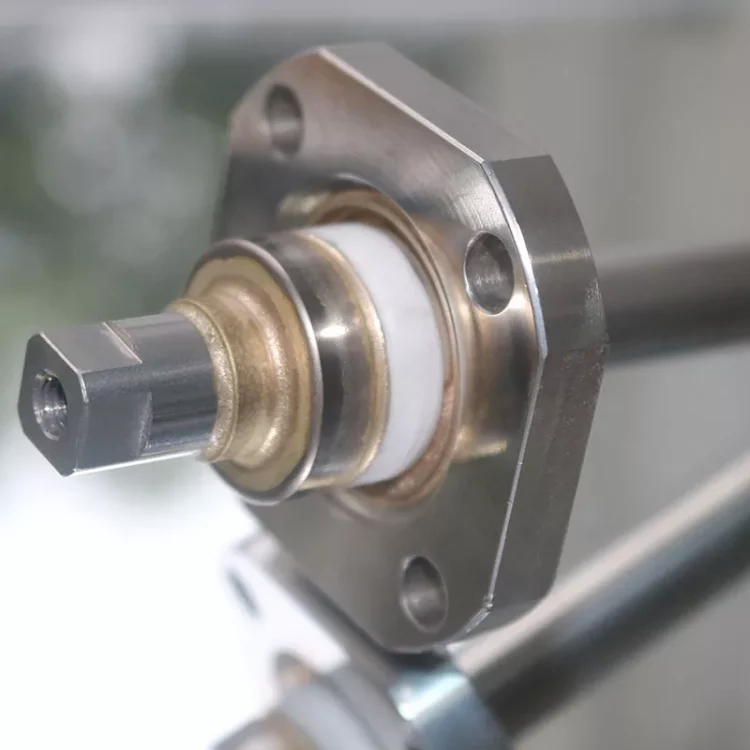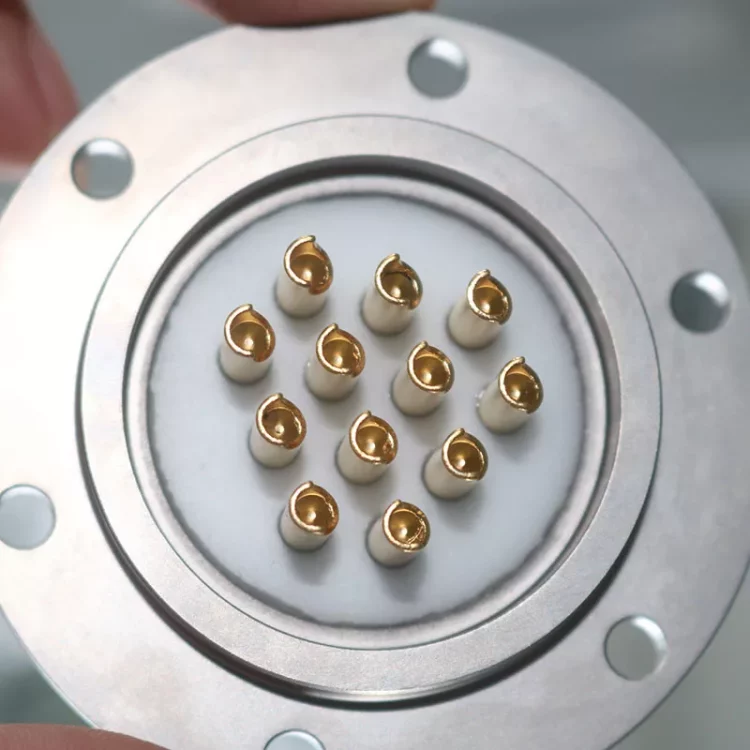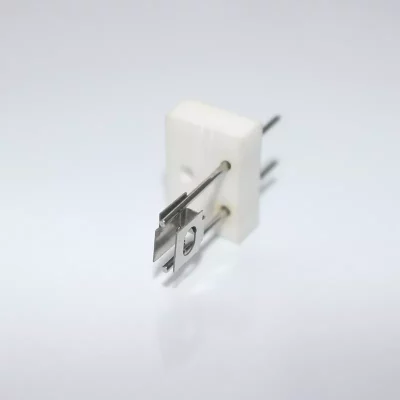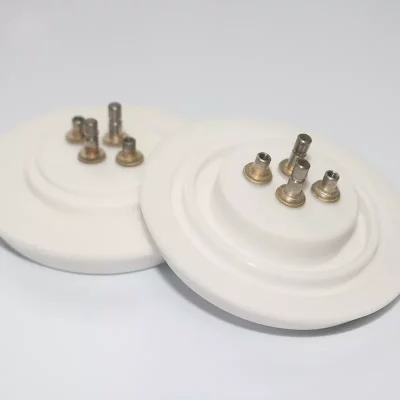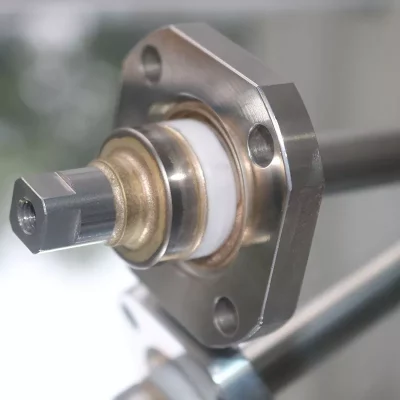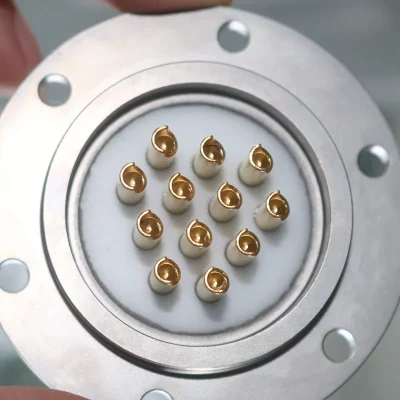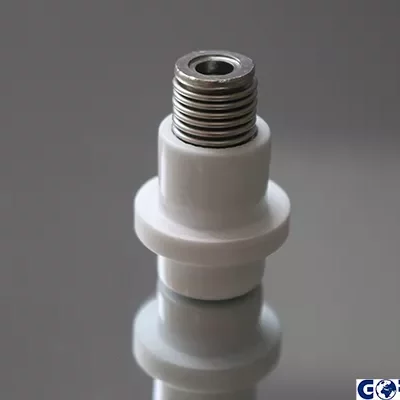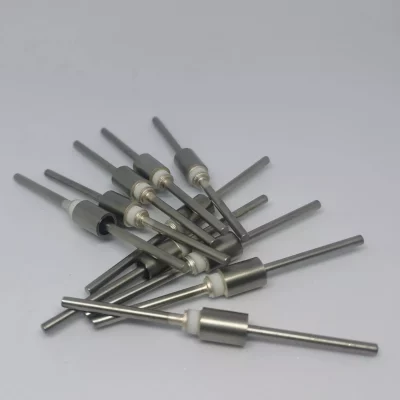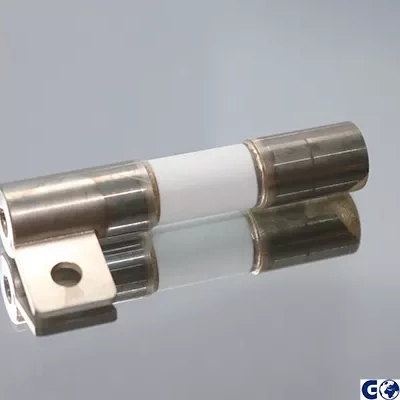Ceramic Feedthroughs: Precision, Speed, and Service
Precision Ceramic Feedthroughs: Your Ideal Solution
Leading the New Industry Standard
In the realm of electronic communication and precision manufacturing, ceramic feedthroughs are indispensable components for signal transmission and electrical connections. With over 15 years of industry expertise and technological advancements, we specialize in researching, developing, and producing top-tier ceramic feedthrough products. Our commitment lies in delivering comprehensive solutions that seamlessly blend exceptional quality, lightning-fast delivery, and unparalleled one-stop service.
Product Excellence: Tailored for Your Needs
We offer a diverse range of ceramic feedthroughs, including:
- High-frequency ceramic feedthroughs

- High-voltage ceramic feedthroughs

- High-temperature ceramic feedthroughs

- Customized ceramic feedthroughs

Our products are meticulously crafted using premium ceramic materials, precision machining, and reliable metallization processes. This ensures outstanding electrical performance, robust mechanical strength, and exceptional environmental adaptability. Whether you’re in high-frequency communication, high-voltage testing, or high-temperature industrial settings, our ceramic feedthroughs guarantee stable and dependable operation.
Unmatched Precision:
- Customized processing accuracy: Up to 0.001mm
- Minimum processing size: As small as 0.10mm
- Length: Up to 3000mm
- Straightness: ±0.01/50mm
Unmatched Speed: Rapid Delivery, Efficient Response
We understand the critical role time plays in your operations. That’s why we prioritize logistics efficiency and inventory management. Our streamlined logistics system and advanced warehouse management ensure swift order processing and rapid shipment. With a well-stocked inventory, we can expedite deliveries within a mere 2 hours, keeping your projects on track.
One-Stop Convenience: Worry-Free Solutions
Experience the ease of our one-stop service, encompassing ceramic component procurement, finishing, metallization, and metal connection assembly. Eliminate the hassle of coordinating multiple suppliers and streamline your process. Our dedicated team maintains the highest standards throughout, providing you with peace of mind and the convenience of a unified solution.
Professional Expertise: Quality Assurance
With over 15 years of deep-rooted experience in the ceramic feedthrough industry, we’ve cultivated extensive knowledge and technical expertise. Our state-of-the-art production equipment, sophisticated testing instruments, and a team of industry experts and technical leaders collectively ensure that every product meets and surpasses industry benchmarks.
Choose Precision, Speed, and Service
Opting for our ceramic feedthroughs means selecting the perfect blend of efficiency, convenience, quality, and service. We are committed to fulfilling your needs with unmatched speed, exceptional service, and the most reliable products. Regardless of the complexity or dynamism of your project requirements, we provide tailored solutions to navigate any challenge with ease. 
Let’s create a brilliant future together! Contact us today to discuss your specific needs.
